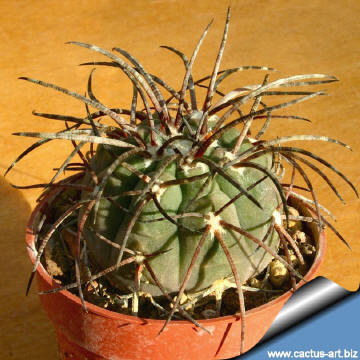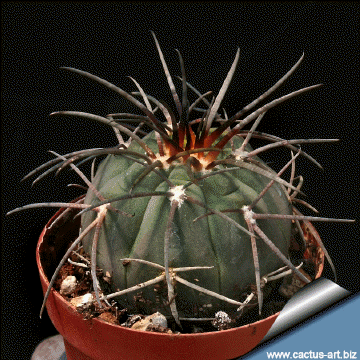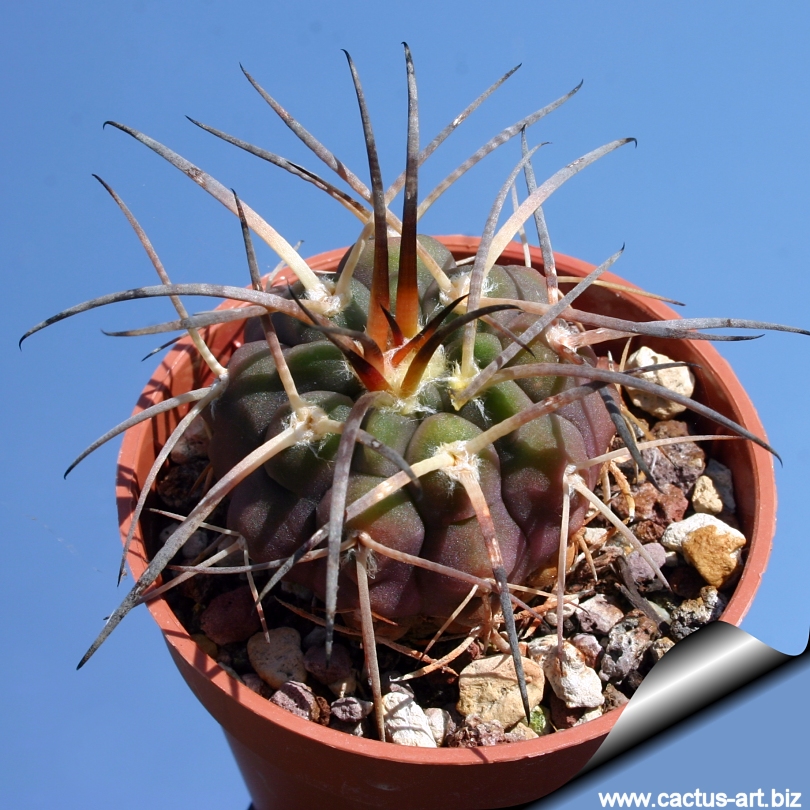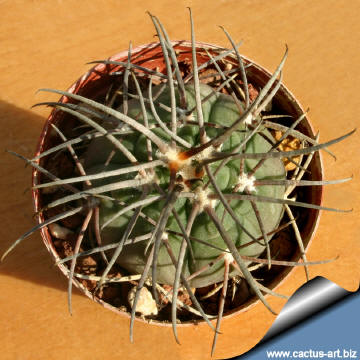-
x
Descrizione


|
Bella forma estrema del G. spegazzinii. E' una varità "europea" che deriva da piante originariamente selezionate per la lunghezza delle spine. I primi esemplari furono moltiplicati vegetativamente ed in seguito per impollinazione controllata. Family: Cactaceae (Cactus Family) Gymnocalycium spegazzinii var. major Backbg. nomen nudum Scientific name: Gymnocalycium spegazzinii Britton & Rose Origin: Garden origin (Nursery selected form) Conservation status: Listed in CITES appendix 2.
|
|
|
Description: This plant is an extreme form of this very variable rich in forms species, but it is not justified the attribution of the rank of variety. |
|
 |
 |
|
Propagation: Seeds (seldom produces offsets) |
|




